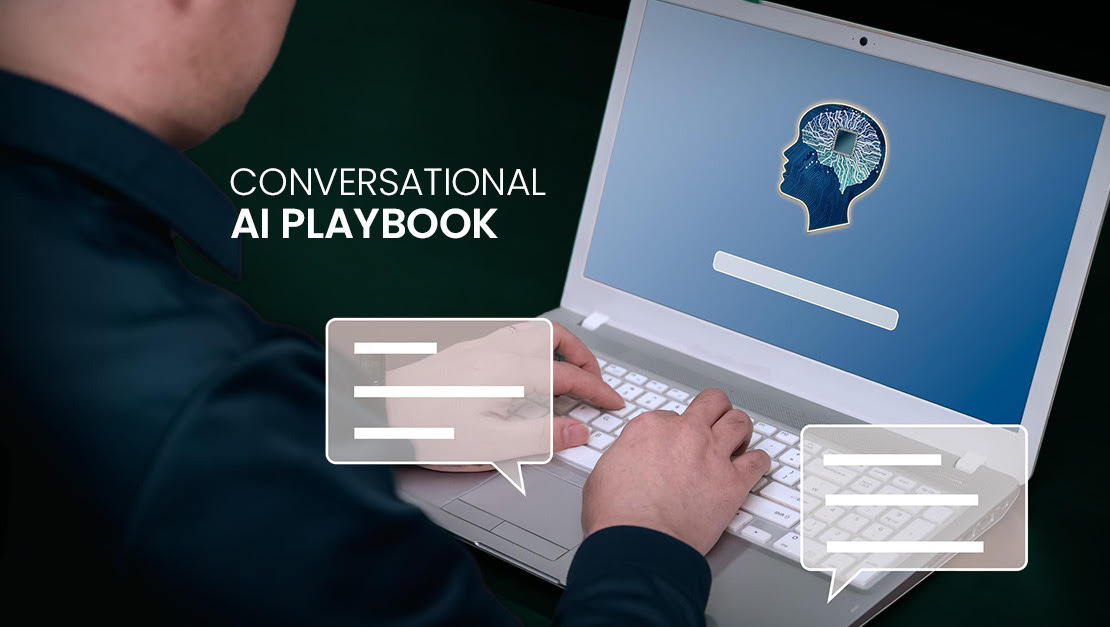Let’s get straight to it: if you’re trying to figure out the difference between a conversational AI chatbot and assistants, you’re not alone. These terms are often used interchangeably, but they’re not quite the same thing.
So, which one should you use? It all comes down to your needs—whether you want a smart, task-driven assistant or a dynamic conversation partner. In this blog, we’ll break down the key differences, highlight their strengths, and help you decide which tool is the right fit for your business.
What Exactly Are Conversational AI Chatbots vs. Assistants?
Before we dive into comparisons, let’s get on the same page about what conversational AI chatbots vs. assistants are:
What Is a Conversational AI Chatbot?
Think of this as a chatbot that does more than spit out pre-written responses. A conversational AI chatbot understands natural language, holds fluid conversations, and can interact in real time. It’s designed for complex dialogue, often with voice capabilities, and can be integrated into various workflows. That’s what we focus on at aiOla—turning conversations into real-time actions, across industries.
What Is an AI Virtual Assistant?
An AI assistant is more like your digital helper. It performs tasks, manages reminders, schedules meetings, or answers simple questions. Siri, Alexa, or Google Assistant? Yep, they’re the classic examples. They’re usually designed for personal or straightforward business use.
How Do Conversational AI Chatbots vs. AI Assistants Compare?
We can break it down by features that really matter to businesses like yours.
Intelligence: Which One’s Smarter?
Conversational AI chatbots use natural language understanding (NLU) and machine learning to get better over time, improving with every interaction. They adapt to the way people naturally speak, understand context, and continuously learn from both successful and failed conversations. This makes them more dynamic, responsive, and capable of handling complex user inputs across different scenarios.
AI assistants, on the other hand, tend to follow set rules and perform predefined tasks. They’re smart—but in a more structured and limited way, often relying on exact commands or triggers to function properly.
Winner: Conversational AI Chatbots
Functionality: Which Does More?
Chatbots can handle detailed workflows, interact with databases, and even trigger actions like placing orders, updating systems, or processing data in real time. They’re built to support end-to-end automation across multiple platforms, making them highly versatile in business environments with complex needs.
AI assistants, on the other hand, mostly work on voice commands and are limited to performing basic, predefined tasks based on available integrations. They’re great for simple functions but often lack the depth needed for advanced operational use.
Winner: Chatbots again.
User Interface: What’s the Experience Like?
AI assistants are usually voice-first (like Siri or Alexa), relying heavily on spoken commands through smart devices or mobile platforms. Conversational AI chatbots, on the other hand, can work across multiple channels—voice, text, chat platforms, and even custom app-based interfaces. This flexibility allows users to engage in the way that feels most natural to them, whether they’re on the go, at a desk, or in the field. That adaptability can be crucial for businesses serving diverse teams or customers across different environments and communication preferences.
Winner: Depends on your use case, but chatbots tend to offer more options.
Use Cases: Who Fits Where?
Conversational AI chatbots are great for complex customer support, hands-free fieldwork, real-time data entry, and automating industry-specific processes (what aiOla does best). They’re also well-suited for lead generation, handling customer inquiries, and managing workflows across various departments. Chatbots excel in industries that require continuous, scalable interactions, such as e-commerce, healthcare, and finance.
AI assistants are ideal for personal tasks or basic business needs like managing reminders, scheduling meetings, and handling calendar events. They are perfect for simplifying day-to-day activities but are less equipped for more complex, multi-step tasks that require adaptability.
Adaptability and Learning: Who Keeps Evolving?
Chatbots powered by AI keep learning from every interaction. Over time, they get better at understanding context, user preferences, industry-specific lingo, and even nuances in language or tone. As they process more data, they can refine their responses and handle increasingly complex tasks. This constant learning process makes them highly adaptable, able to respond to changing needs and evolve with your business.
Assistants may improve through periodic software updates, but they’re generally not learning from you in real time. Instead, they operate within a fixed set of rules and capabilities, often relying on external updates for any improvements.
Winner: Chatbots. No contest.
How Do You Choose the Right AI Tool?
Okay, so how do you decide which tool works for your business? Ask yourself a few questions:
What Do You Need It to Do?
If it’s basic scheduling or reminders, an AI assistant might be enough. But if you’re trying to automate workflows, capture spoken input, or interact with systems—go for a conversational AI chatbot.
How Complex Are Your Tasks?
More complexity = higher need for a chatbot. aiOla, for example, is designed to handle dynamic, multi-step conversations and convert them into real actions.
How Important Is Integration?
Need it to work with your internal tools, CRM, or backend systems? A chatbot (like aiOla) can be deeply integrated.
What’s Your Budget?
AI assistants are often cheaper or built into your existing tools. Chatbots can require a bit more investment upfront but save time and cost in the long run with automation.
So, What Should You Pick?
Now that you’ve learned the key differences about conversational AI chatbots vs. assistants, you can determine which tool is best for your business goals.
If you’re in a fast-moving industry and need real-time, voice-powered automation—think logistics, healthcare, or manufacturing—a conversational AI chatbot like aiOla is your best bet. These chatbots are ideal for automating complex tasks, offering flexible interaction styles, and scaling with your business. However, if you’re just looking to streamline basic admin tasks or handle simple, repetitive actions, an AI assistant might do the trick. But keep in mind, the more your business grows, the more you’ll need a tool that grows with you—and that’s where conversational AI really shines.
Ready to see what a real conversational AI chatbot can do? At aiOla, we help businesses turn talk into action. If you’re ready to simplify workflows, reduce manual entry, and unlock new levels of productivity—let’s talk.








